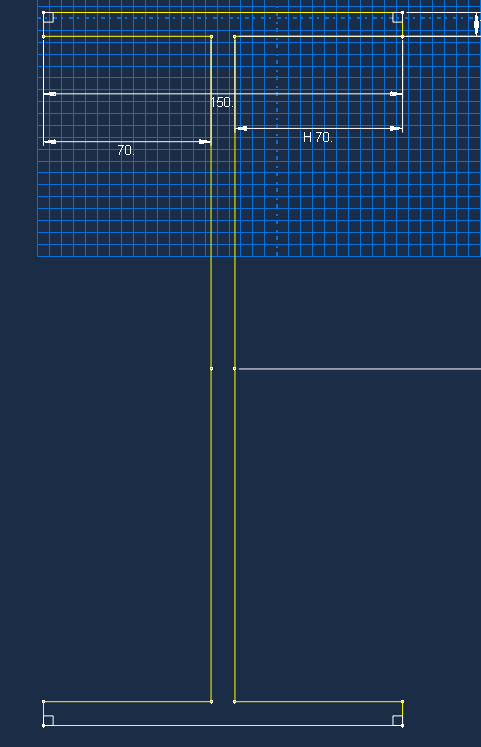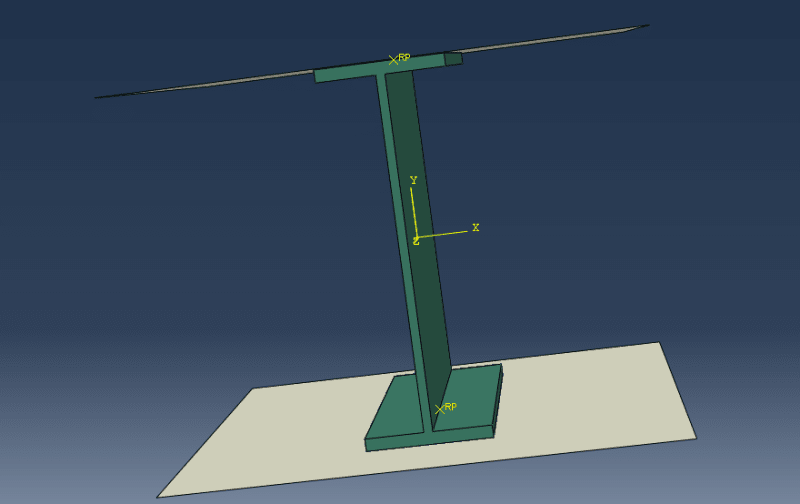
I'd like to analyze web buckling strength of an I-section steel using Abaqus and compare it to a hand-calculated value
I section steel Width : 150mm , Depth=300mmm, Web thickness : 10mm, Flange thickness = 10mm / Length=300mm
Elastic modulus 206GPa, Yield strength 340 MPa, and Poisson’s ratio 0.3
Compressed by using displacement boundary condition (Not using load)

I'm trying to measure the web buckling strength, but in Abaqus, it seems to reach the material's yield strength rather than the buckling strength. This significantly differs from the hand-calculated buckling strength (301.6MPa /// Euler buckling formula & Johnson-Ostenfeld plasticity correction formula).
